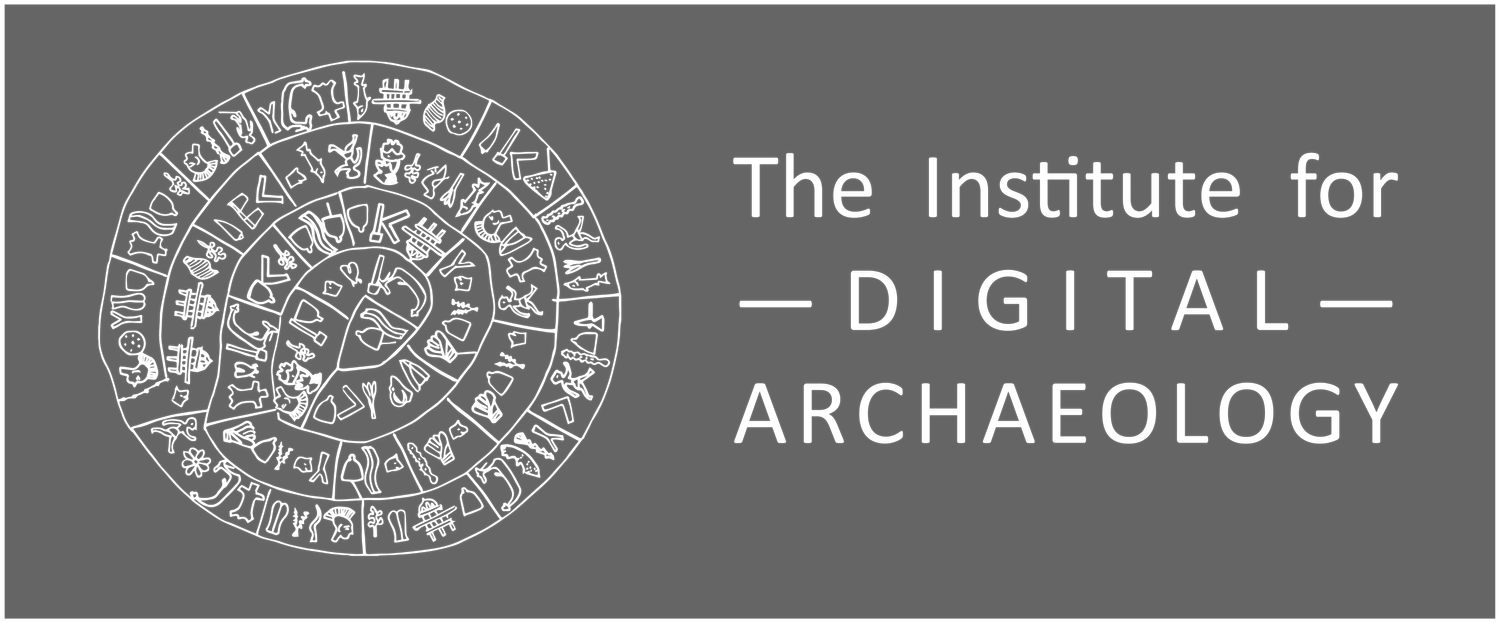The Pantangible Project
While much of the IDA’s most visible work – including our reconstructions of ancient monuments – celebrates the tangible dimension of heritage, we never forget that it is the intangible aspect of cultural markers that is their defining feature. A church without a connection to a faith community is merely a building. And while great artworks may be appreciated on aesthetic grounds, their power is magnified when placed in the context of history, social change and artistic evolution. This diachronic dimension is what connects humanity to ancient objects. Successive generations don’t own historic artifacts; they are merely caretakers of these objects with an inherited responsibility to pass them on, together with the ever-evolving human stories they embody, to the next generation. When heritage assets are destroyed, the world community laments its collective failure to discharge the obligations of this sacred trust.
And so, at the heart of heritage is time. Indeed, an awareness of age is a significant part of what confers a special aura on ancient objects. Without time, there is no past, present or future – no sense of trajectory or accretion, no evolution of ideas, no life. Time breathes meaning into our physical environment. It makes both memory and aspiration possible by providing the guide posts we use to localize what would otherwise be unmoored dreams. Unsurprisingly, time’s special status imbues the objects we use to mark and measure time with unique qualities. Timepieces, from sundials to atomic clocks, are so fully merged with the unique concept they represent that is hard to view them as either tangible or intangible; rather, they stand between the two, and so may be called pantangible. Without methods for measuring and tracking time, we lose the ability to appreciate its passage. Simply put, unless measured, time loses its meaning. A clock or calendar, therefore, is not just a device for measuring time, it is an expression of the human conception of time. It is for these reasons that, since the beginning of time, humanity has exerted so much effort, scientific expertise and resource on the enterprise of timekeeping. It is also why timepieces themselves, from Big Ben to Einstein’s Longines watch, have become freighted cultural repositories in their own right.
In recognition of the close connection between time and heritage, and to acknowledge the history that timekeepers often embody, the IDA is devoted to exploring and celebrating both the science and the philosophy of time. To that end, the IDA maintains a collection of historic timekeepers and antiquarian books on time and timekeeping. We also regularly host events, including conferences and exhibitions, on a wide range of topics connected with these themes.
The IDA Horology Library
The IDA maintains a substantial library of books on watches, watchmaking and related subjects. These materials are available for consultation by appointment.
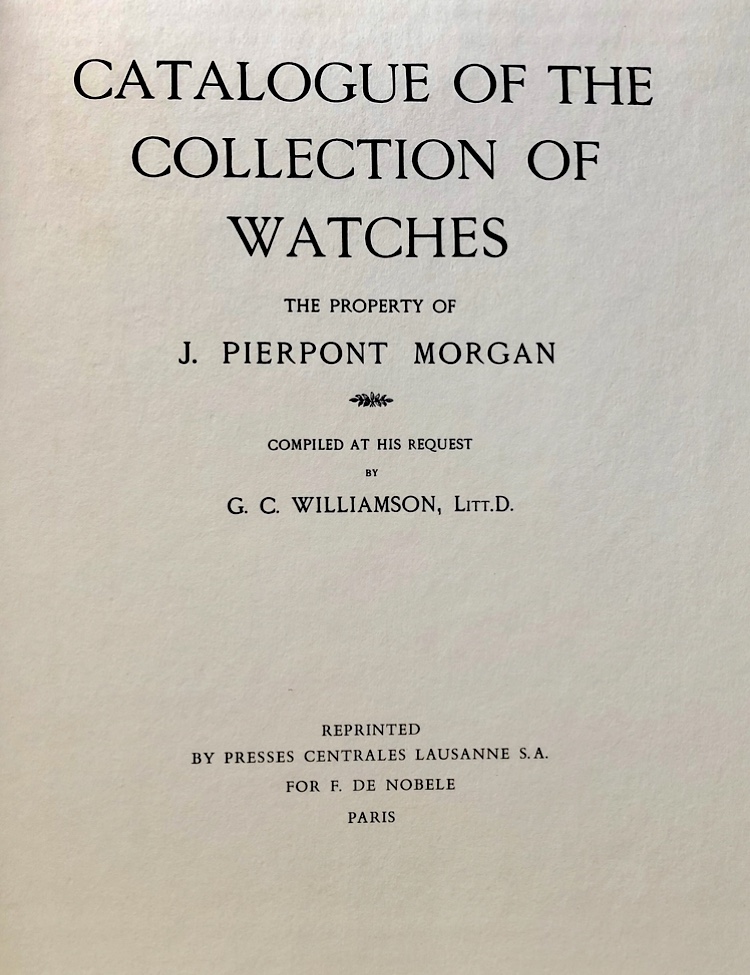

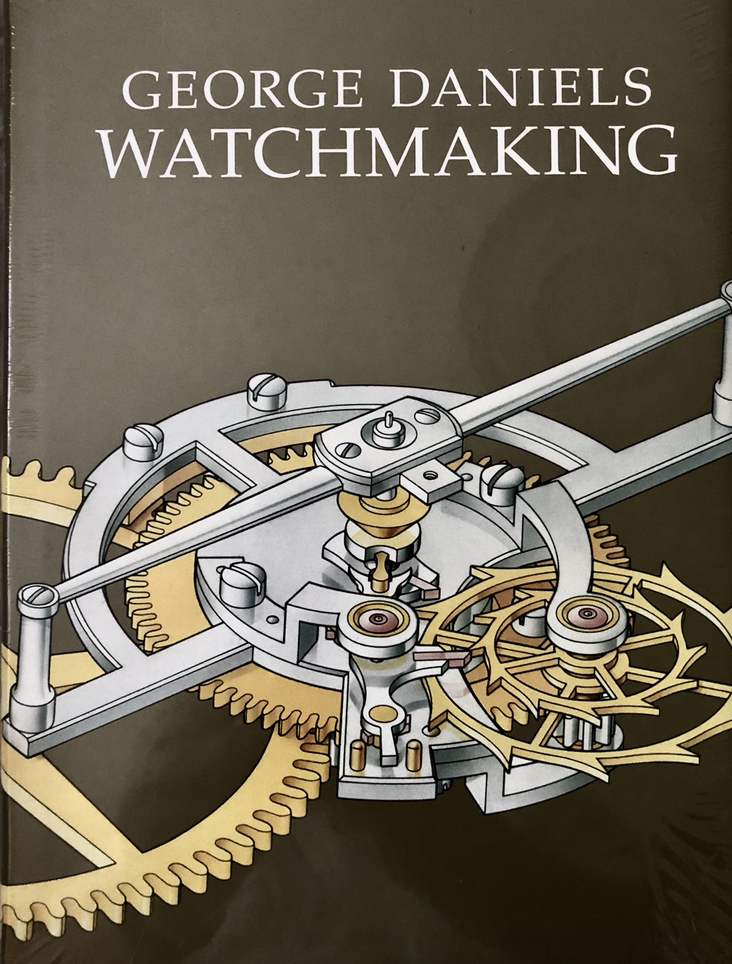

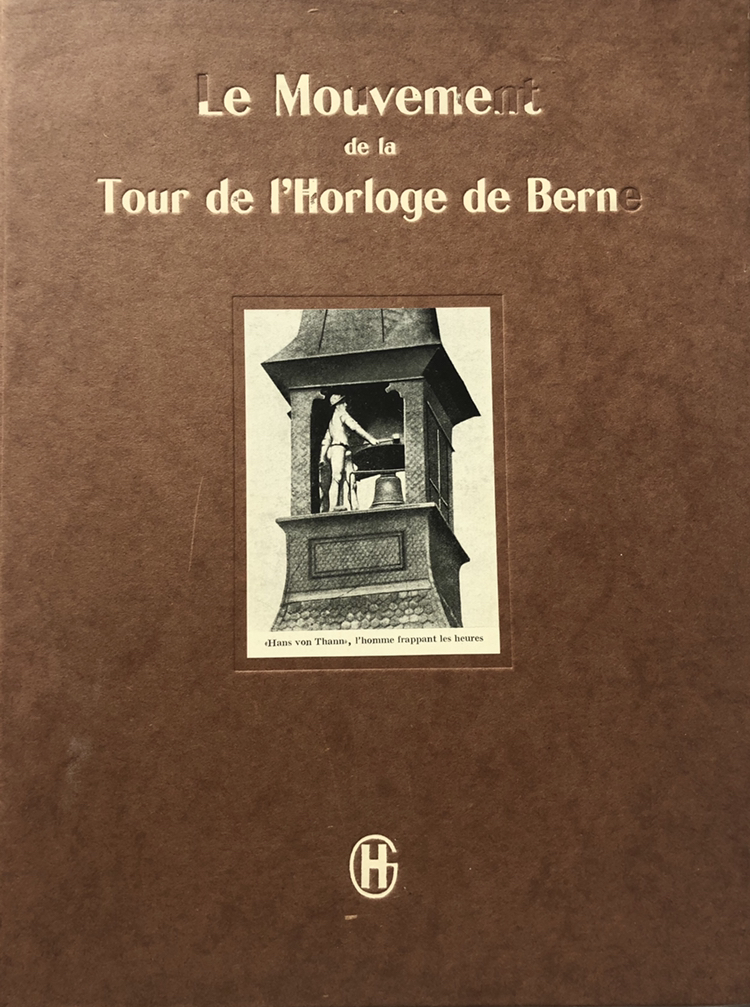
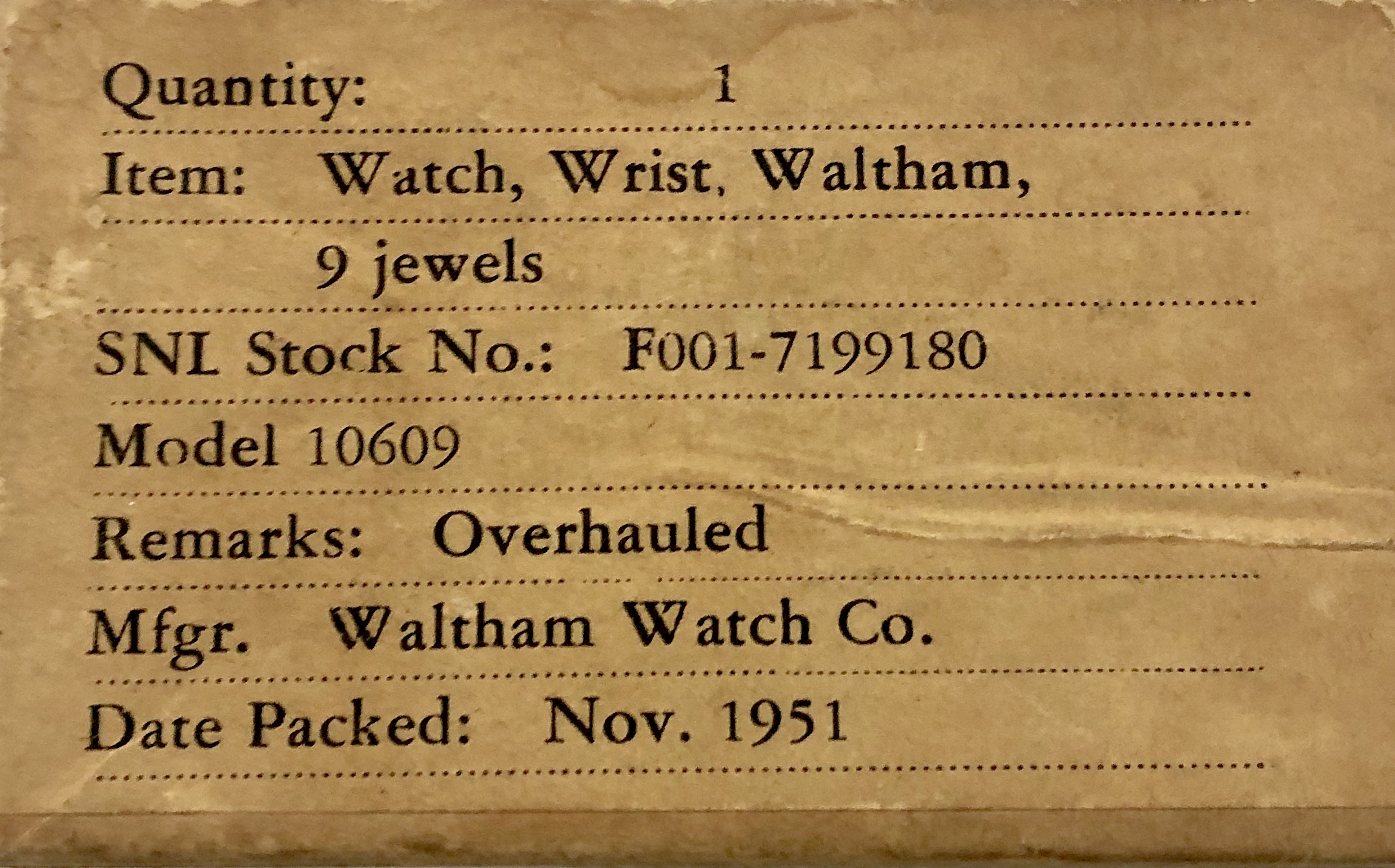
The IDA Horology Collection
The IDA has assembled an important collection of historic clocks and watches for exhibition and study.
Rolex Rebberg WWI 1916 Officer’s Watch with center-seconds and date complications
Wristwatches for men were a product of the exigencies of WWI. Up until that time, the wristwatch was considered a strictly feminine accessory. However, the practical utility of a wristwatch in combat was sufficient to overcome such stereotypes. Officers were expected to supply their own watches in WWI and high-end firms, such as then nascent Rolex, were happy to oblige with quality timepieces in precious metal cases. This watch is exceedingly rare – one of two known examples – combining as it does two very uncommon (for the time) features: a central sweep seconds hand and a date indicator. Either of these features was rare in 1916, but the combination is possibly unique. Notably, the date indicator moves counterclockwise, while the other three hands move – obviously – clockwise. This is the only wristwatch manufactured before or since with this arrangement.
Certina DS1 Prototype Dive Watch owned by John VanDerwalker
On January 31, 1969, four divers – Ed Clifton, Conrad Mahnken, Richard Waller and John VanDerwalker – descended to the ocean floor to begin an ambitious project aimed at assessing the human capacity for surviving in a weightless and airless environment. With obvious applications for the space program, the project, dubbed “Tektite,” was co-sponsored by NASA and the Department of the Interior. The four aquanauts ultimately established a new world's record for saturation diving: 58 days. This watch, supplied as a prototype to VanDerwalker, was specially designed to withstand significant pressure for extended periods.
Waltham Pocket Watch Presented by Field Marshal Grenfell
This Waltham rim-set, fully-jeweled pocket watch was presented by Field Marshal Francis Wallace Grenfell, 1st Baron Grenfell, GCB, GCMG, PC (Ire), in 1907 to a graduate of the Royal Hibernian Military School in Dublin. At that time, Lord Grenfell was Commander-in-Chief of all UK forces in Ireland. According to Waltham factory records, the watch was completed on August 3, 1887. It was likely purchased by Grenfell himself in Cairo in 1888 while he was stationed there as Sirdar of the Egyptian Army. The watch chain, like the watch, dates to 1887 and was handcrafted in Egypt. Grenfell was one of the most significant British military figures of the 19th century, serving as ADC to Queen Victoria – whose image appears on the watch fob.
Rolex/Panerai Model 3646 Combat Diver Watch owned by Anthony Marsloe
This watch, a collaboration between Rolex and Florence-based Panerai, was the first true military dive watch. Sealed by means of a heavy, watertight clamshell case and a screw-down canteen style crown, it was used by Italian underwater commandos throughout WWII. This watch was the personal property of USN Lt. Anthony Marsloe, one of the architects of Operation Underworld – the USN’s wartime collaboration with organized crime figures, including especially Lucky Luciano, to rid the NYC docks of German undercover agents. Based on the success of this program, Marsloe subsequently was assigned to an undercover role in Operation Husky, the allied invasion of Sicily. He acquired this watch during his time behind enemy lines there laying the groundwork – again with the assistance of organized crime leaders – for the successful invasion. The precise circumstances under which the watch was liberated by Marsloe are, unfortunately, unknown.
Depollier waterproof watch designed for the US Navy in 1917
Depollier was one of the earliest pioneers in the field of water-resistant watches and the first to provide bespoke water-resistant watches to the US military. While these watches were by no means waterproof, they represented a significant improvement in water resistance over earlier models and – with their oversize canteen crowns – paved the way for the true water-tight watches of the 1930s.
Longines 17.26 Pilot’s Watch
This rare Longines 17.26 caliber pilot’s watch was delivered to Longine’s agent in Poland, Zipper & Co., on July 8, 1933. It is the earliest 17.26 pilot’s watch recorded. In 1933, Poland had one of the largest air forces in the world and was significant deterrent to the fascist regimes that were springing up around it in the mid-1930s. After Germany invaded Poland near the beginning of WW2, some Polish Air Force pilots – including the original owner of this timepiece – made their way to the UK and flew for the RAF.
Blancpain Fifty Fathoms diving watch specially engraved “AM”
The Blancpain watch company, along with Rolex, was one of the great pioneers of the underwater watch. The Fifty Fathoms model was designed in collaboration with undersea explorer Jacques Cousteau. Initially produced in 1953, it became the preferred watch for professional and military divers throughout the 1950s and early 1960s. This specially prepared “AM” – fpr “anti-magnetic”or “amagnetic” – model was designed for use by underwater EOD (explosive ordnance disposal) divers. Since many underwater explosive devices contain magnetic fuses, most of the ferrous components of this timepiece were replaced by copper-beryllium parts to minimize the watch’s magnetic signature. The watch case is made entirely of amagnetic mu-metal.
Rolex of aviator Charles Ulm
This Rolex Unicorn watch was owned by aviator Charles Ulm and presented to his longtime crew member and biographer, Austin Byrne, a few months before Ulm's untimely death. Ulm is best known for making, along with co-pilot Charles Kingsford Smith, the first trans-Pacific flight in 1928. In his own airplane, "Faith in Australia," Ulm set numerous speed records, including a six-day flight from Australia to England in 1933. On December 3, 1934, after running out of fuel in dense fog, Ulm ditched into the sea near Hawaii. Despite an extensive search by aircraft and 23 USN ships, no trace of Ulm or the experimental airplane that he was piloting was ever found.
Blancpain Dive Watch
Blancpain underwater dive watch previously owned by Sgt. Harry Keever, founder of the LAPD Underwater Dive Unit. Sgt. Keever is pictured here in full SCUBA gear, a very recent innovation at the time. The Aqualung model watch is visible on his left wrist. The LAPD UDU was the first police dive team in the USA and one of the first in the world.
Upcoming Events
September 27, 2019, 6:00PM, Horology Roundtable, Club of Odd Volumes, Boston, MA, USA
October 28, 2019, 1:00PM, Watchmaking Demonstration, "Magnetic Escapements," Begbroke Science Park, Oxford, UK
December 17, 2019, 1:00 PM, Lecture, "Time and Timekeepers: a 3,000 year history," Trinity College, Oxford, UK
